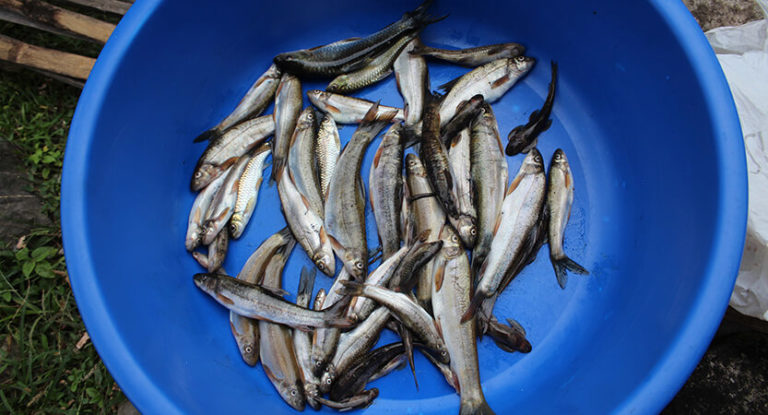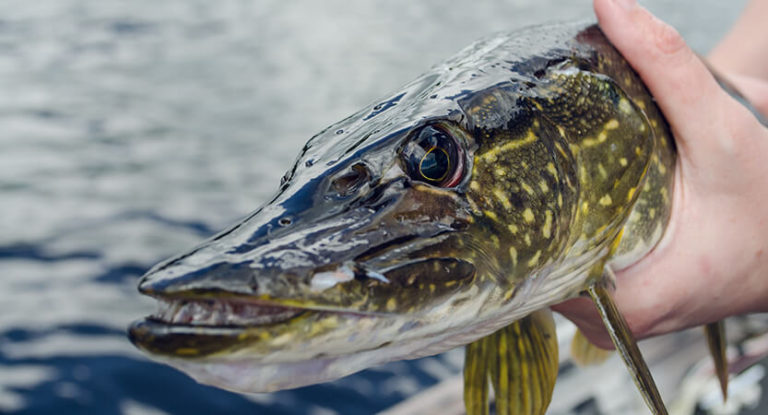Have you heard the proverb: a man is looking for where is better, and a fish – where is deeper? This folk wisdom is only partially true: representatives of the ichthyofauna also want comfort and a well-fed life. They come to places where there is something to profit from. This is used by fishermen, luring fish and luring it to fishing grounds. The use of all passive gear without bait is unproductive, fans of feeders, other bottom gear and all kinds of float rods know this .
Today we will figure out how to properly organize a “canteen” for various types of fish , learn (at least learn proven recipes) to prepare complementary foods, deliver them as accurately as possible to the place of fishing. We hope that this theoretical information will turn into practical information for you and will help you get even more trophies worthy of your pride and the envy of your hobby colleagues!
Here is an overview of the content of this tutorial, feel free to jump to any section you care about:
For more fishing instructions, take a look at these popular Trizily links: Best Fish Finders, Best Fishing Lines.
The purpose of feeding
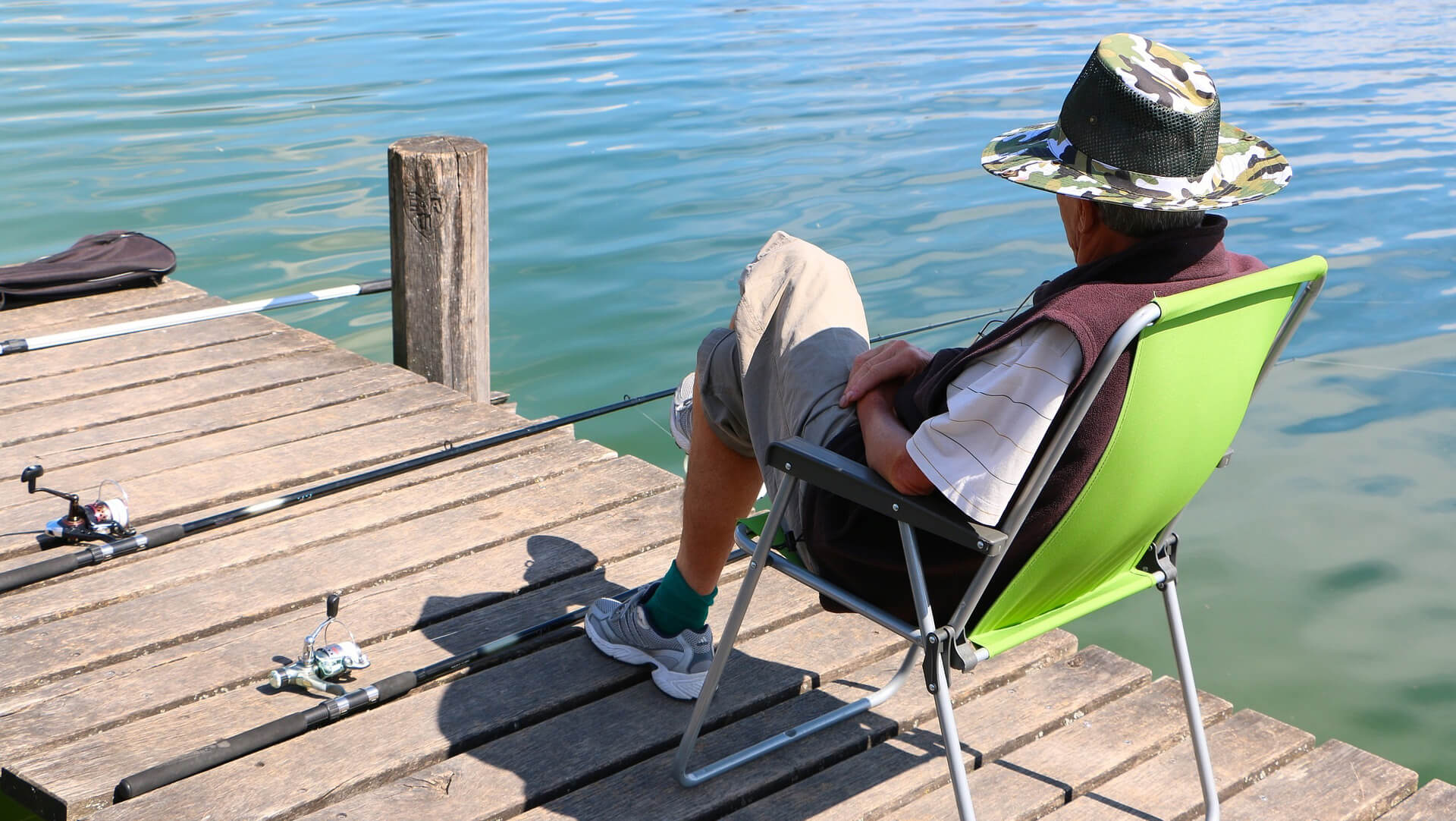
We have already indicated the main goal – to attract the maximum amount of fish to the fishing area. The fact is that most of the peaceful representatives of the ichthyofauna walk in schools: crucian carp, roach, bleak and many others. Some predators also hunt in the flock, for example, the same grass (small) perch. A flock in a flock, but each of its members gets food on their own! And a jamb of decent numbers quickly eats away everything edible around, moving to a new place. So the flock loiters in search of food throughout the reservoir.
When a certain amount of food gets into the water, the flock begins a stir: individuals begin to compete with each other for the most tasty morsels. As a result, the quality of the bites improves (they become confident, without first tasting the bait) and the chance of catching really worthy individuals increases, which in this competitive struggle pushed the weaker ones aside.
The main task of the fisherman is not only to prepare a mixture that is optimal in terms of composition and consistency, but also to choose the most suitable feeding tactics, depending on the fishing method, the type of intended prey, the season and conditions of a particular reservoir.
Composition and consistency
The basis of any composition is the base – a free-flowing mixture , which can be purchased at the store. On the pack there will be a recipe for the preparation of the feed fraction, and it must be adhered to strictly. The fact is that a mixture that is too dry will disintegrate in the upper layers of water, and will be eaten by an uninteresting trifle. An excessively dense consistency is also undesirable: the nutritive ball will remain intact without emitting aromas attractive to fish.
This point should be taken into account when preparing the mixture yourself. As a basis, you can use compound feed, any cake, millet, hominy, bran, bread crumbs, ground rolled oats and so on. The main thing is that the final product satisfies the main goal – to attract the maximum amount of fish to a given area.
Either plant or animal components act as a filler . As the first, pearl barley, peas, corn, steamed cereal grains, sunflower seeds and so on are most often used. Animal components are usually bloodworms, chopped worms, maggots, and other insect larvae. It should be borne in mind that additives of animal origin contribute to the rapid destruction of bait balls, therefore, they should be added immediately before casting. Maggot just creeps out of the balls, so it’s best to scald them.
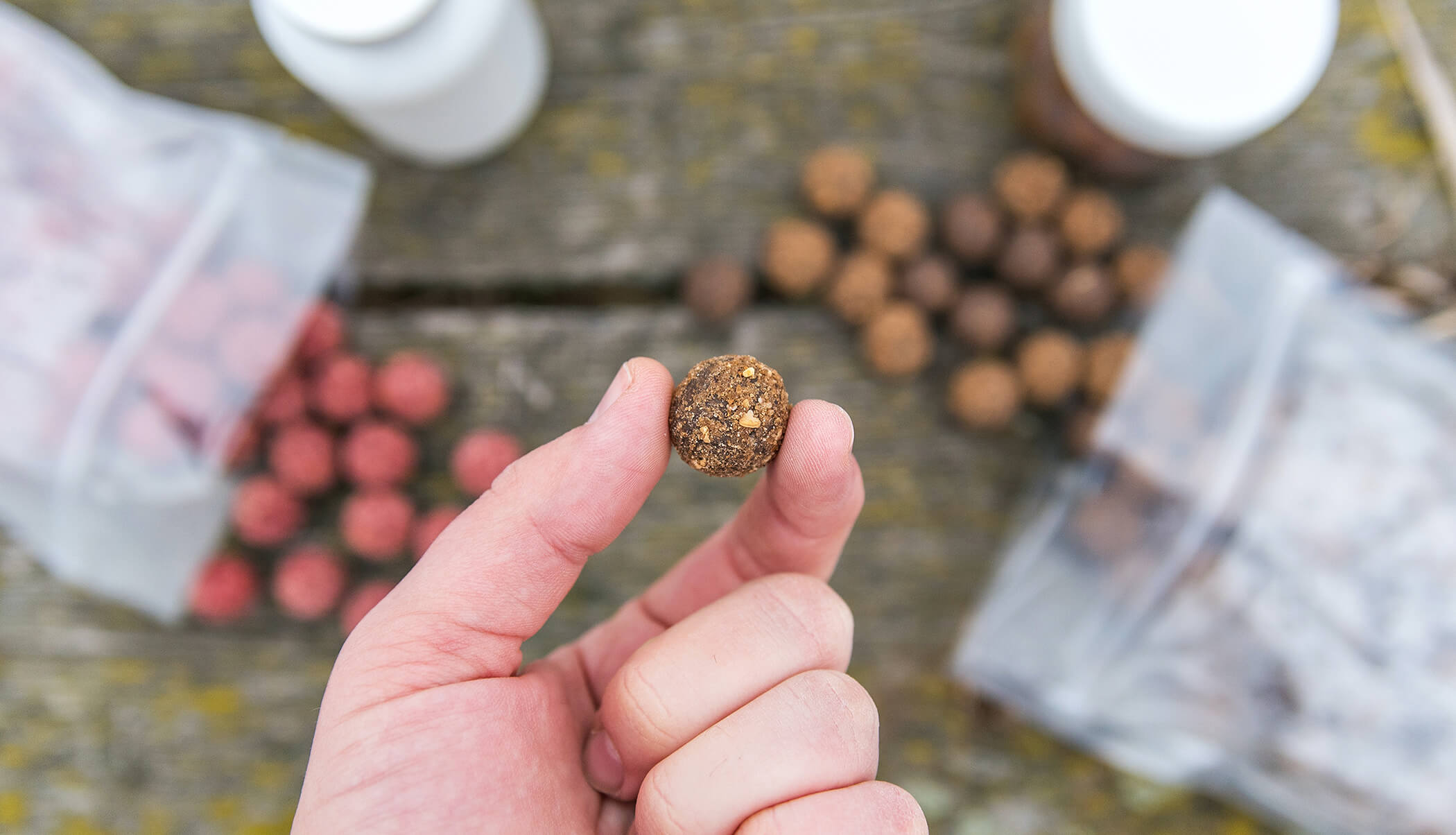
To correct the consistency of the fraction, binders or disintegrants are used . The former are usually clay, rolled oats, flour, semolina, starch, the latter are sand or bran.
The choice of flavoring is an individual matter. For example, oilcakes already smell very appetizing for fish, and chopped worm emits pleasant aromas. But many compositions still need additional aromatization, which is selected purely for the taste of fish in a particular reservoir in a given season. The most versatile aromas include anise, unrefined sunflower oil, honey, condensed milk. All kinds of synthetic and natural flavors are sold in fishing shops.
Another subtle point is the coloring of the fraction : the fish is sometimes afraid of everything unfamiliar, so it is better if the mixture does not differ too much in color from the environment. For touch-up in a natural way, some anglers use coffee or cola – here you both smell and the desired color.
Methods of delivery to the place of fishing
The next important task is to feed the fish exactly in the place of fishing. Ideally, it should be a square with sides of 1.5-2 meters, where the casts will be carried out. It’s not that easy, especially over long distances.
The nutritional fraction can be delivered to the fishing square in the following ways:
- By hand . The most common method, which is relevant at short distances, for example, when using a fly rod. In this case, small balls roll and are first thrown massively, then in small portions during fishing. At long distances, it is more difficult to ensure the accuracy of throwing small balls, therefore, either they roll larger “bombs” and throw them in a pendulum manner, or use other options listed below.
- Slingshot . Previously, all the boys knew how to shoot with a slingshot, now this art is on the verge of extinction. However, for the sake of effective fishing, you can work on its development. You can make your own slingshot using a piece of wood and a medical rubber band. A couple of workouts – and you can shoot from it aimed, varying both the tension force and the angle of inclination.
- Feeder . There are many options for feeders, fixed on the fishing line or in a sliding way. The rationality of their use is dictated by the fishing method. For example, the presence of a feeder on a feeder has two functions: it not only attracts fish to the fishing area, but also contributes to the accuracy of casting.
- Catapult . There are several variations of ultra-long cast catapults to ensure accurate feeding at a given point. The first option is hypertrophied slingshots that are installed on the shore on solid beds, the second is a kind of slingshot fixed to the rig.
- From the boat . When fishing from a boat, everything is clear: it is not difficult to get the balls of the mixture to the fishing point. But you can also feed from a boat when fishing from the shore: for this purpose, string bags from Soviet times or familiar vegetable nets are used, which are thrown into the water with a load or suspended in it on stakes.
- Radio controlled models . These newfangled gadgets greatly simplify the task of delivering groundbait to a given point: perfect accuracy regardless of distance. However, they are not cheap, so you should only buy them when you make sure that fishing is for you seriously and for a long time.
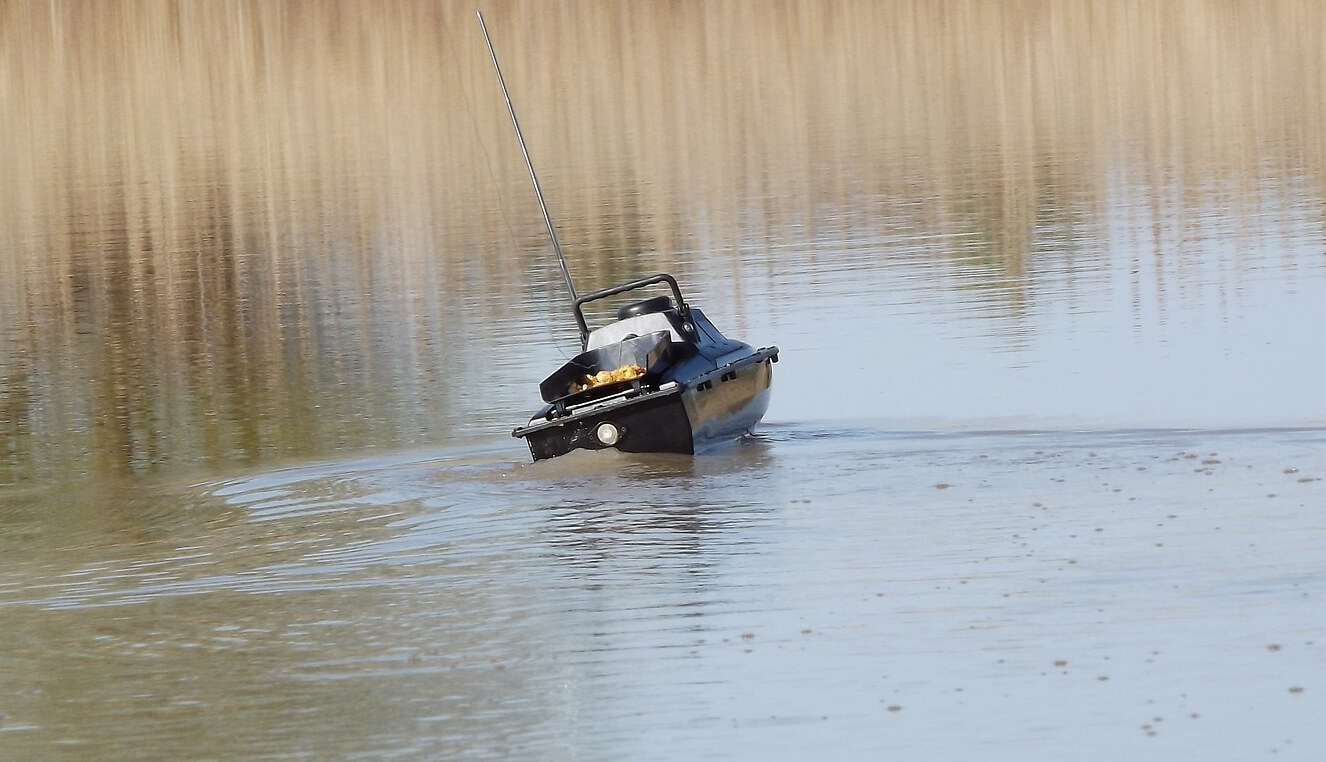
Tactics of feeding fish depending on the reservoir
Correctly calculating the volume and consistency of the feed mixture for stagnant water and a slow current does not present any particular problems: even inexperienced fishermen cope with this task 2-3 times. But on a fast river, this task becomes somewhat more complicated, so if you have a boat, you should use the food mentioned above with the help of a string bag. If this method is not available, there are several points to consider :
- The balls should be larger. Larger balls are easier to throw with precision, and with the right approach they disintegrate more slowly.
- The consistency should be denser. To ensure greater density, you can add clay from the same reservoir to the nutrient mixture, but if the composition is fundamentally high in nutritional value, it is better to use oatmeal.
- The balls should be weighted down. For weighting the “bombs” the aforementioned clay will serve well, and if it is absent, you can roll some gravel into the balls.
If the current is insignificant , it is worth making a volumetric initial complementary food, subsequently periodically tossing several small balls of the mixture to the point of angling. On a fast current, you have to feed much more often, up to 10 times per hour.
In any case, it is wise to test the bait balls – to observe how fast they are destroyed under specific conditions, and based on this, develop further tactics.
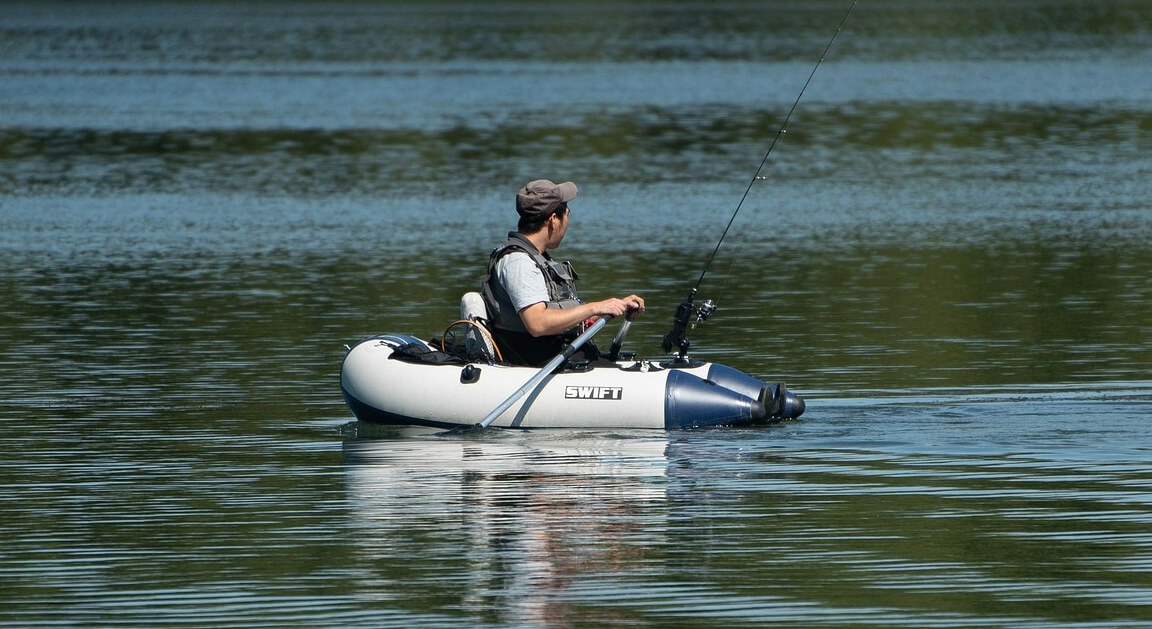
The most common feeder designs
The use of feeders as accessories for fishing rods for float fishing is not very typical – it is more suitable for various types of bottom gear , in particular, feeders, elastic bands, straps, strings, and so on. There are open and closed structures.
The most common design solutions for free water fishing feeders are:
- Mesh . A good old-fashioned solution is a metal or plastic mesh feeder. It is fashionable to make them yourself, but purchased options are more practical and more comfortable to use. By the way, especially economical fishermen use mesh tubes from women’s hair curlers for this purpose.
- Spring loaded . Spring “slippers” are also used in float fishing, in particular, by matchwicks. You can make this tackle yourself, but only in a stationary, non-slip version, suitable for a feeder or other bottom tackle.
- For cake . For complementary feeding with whole pieces of cake left after pressing out the oil, so-called “classic top” are used . The basic principle is to attach the “cake” (cake cube) to a sinker.
- “Rockets” . Favorite by many feeders option – “rocket” or “bullet” (the name is given because of the characteristic aerodynamic shape). The first design solution (spod): the tackle is open on one side and equipped with a floating head. When it touches the water, it turns with the open side down and the bait under its own weight is delivered directly to the fish. The second option (spomb) – the tackle consists of two halves: it is filled with a mixture and opens when it hits the water.
- From PVA materials . This is a new trend in the world of fishing tackle – feeders made of materials dissolving in water. Carp boilies are strung on PVA threads, and any other complementary food that does not fall into the cells is put in mesh bags.
Features of the autumn months
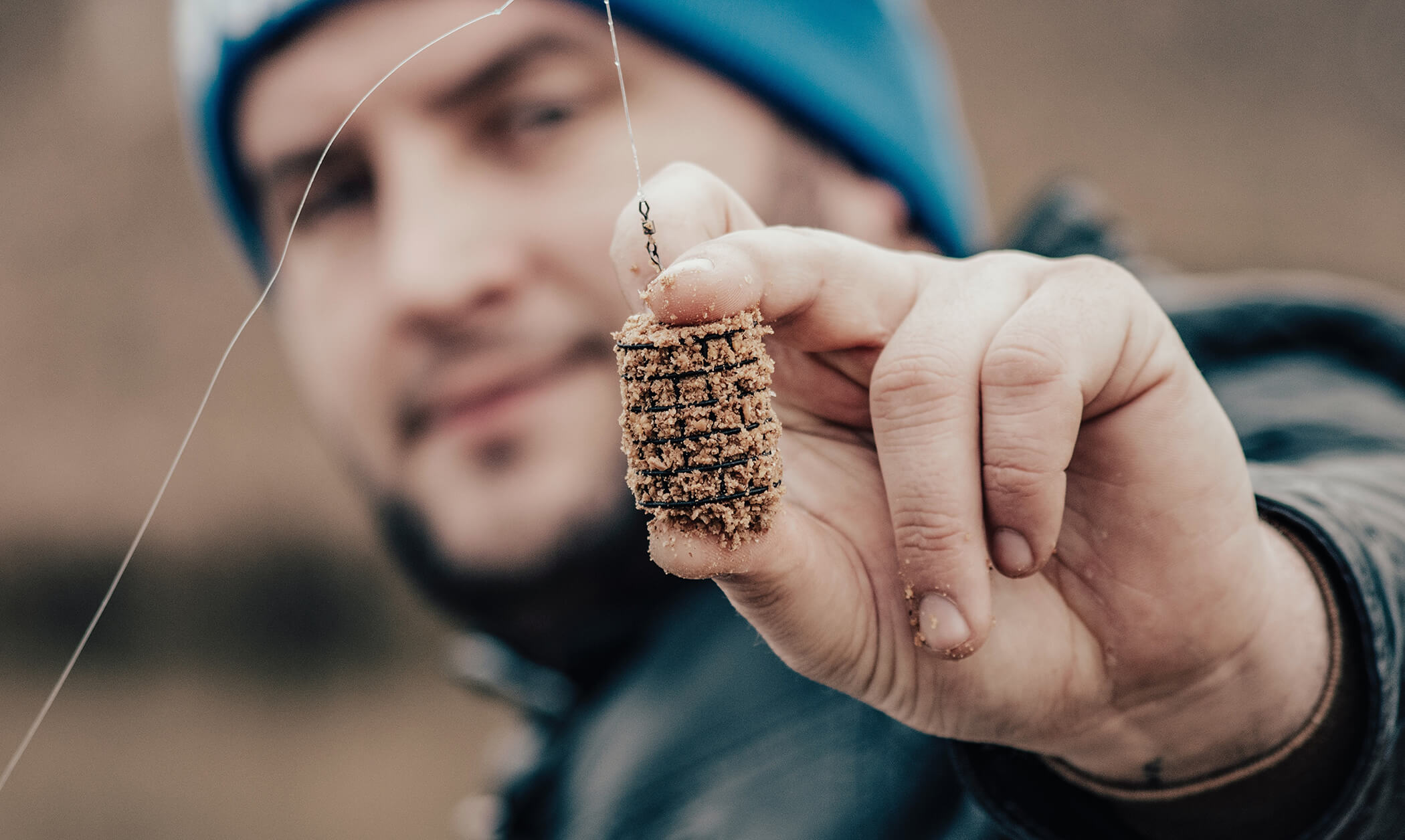
In the fall, the fish becomes more voracious – it prepares for cold weather and nutritional deficiencies. And this must be taken into account both when preparing the mixture and when choosing feeding tactics.
So, in order:
- All fish, even peaceful representatives of the carp family, are beginning to give preference to foods that are more nutritious and rich in protein. This means that the mixture must be prepared with sufficient inclusion of animal components. Remember that the ingredients in the form of worms and larvae destroy the feed balls, so we prepare the composition just before use.
- In cold water, odors spread much more slowly, so additional aromatization is indispensable. Moreover, taking into account the autumn preferences of representatives of the ichthyofauna, dry blood or synthetic compounds that imitate the aromas of a worm and other fish food of animal origin can be used as a flavoring agent . Vegetable, fruit and berry and medicinal “perfume” in the fall is not in vogue.
- In the fall, the water becomes clearer, and the fish rely more on sight than smell . It is attracted from afar by clouds of turbidity, which are elementary created when milk, flour, bread crumbs are added to the mixture.
Tips for Ice Fishing Lovers
In winter, the fish gravitates even more towards animal food, and the amphipod beetle (mormysh) becomes the basis of nutrition for representatives of peaceful species. However, it is problematic to get it, therefore, most often, high-calorie mixtures with the addition of bloodworms are used as bait. The main task is to deliver the train directly to the bottom, precisely to the point of angling. For this, special winter feeders are used, home-made or factory-made.
Winter feeders are structurally different from summer options. All of them are closed, since priority is given to mixtures with the addition of animal ingredients. Naturally, they are not intended for long casts and are used only for fishing in a plumb line. Fishermen make feeders from sheet metal, funnel watering cans, plastic bottles (if plastic is used, additional loading is required). The design solutions are different, the idea is the same: the tackle in a closed form is delivered to the bottom and opens there (the angler pulls on the cable and releases the mechanism that closes the bottom).
In any season, the following requirement is relevant: the fish must be fed, but not overfeeded: it must be hungry and hungry for food. Therefore, it is not recommended to overdo it with the amount of the mixture. This is especially important in winter: the decomposition of feed and the smell and oxygen deficiency caused by this process will only scare off potential prey.
We wish you good weather, a rich catch, enviable trophies and days full of joyful impressions!

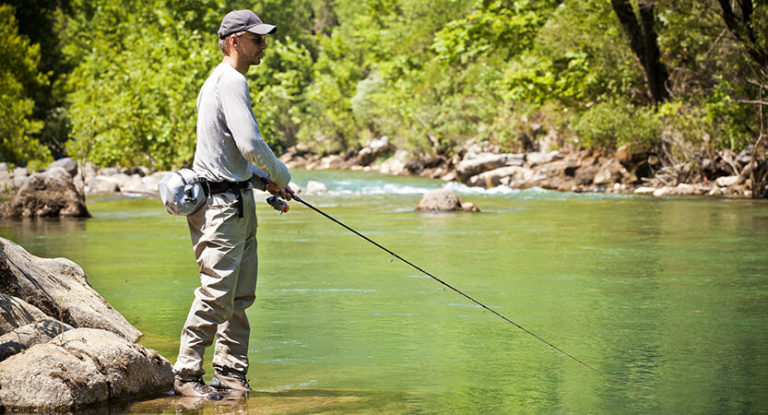
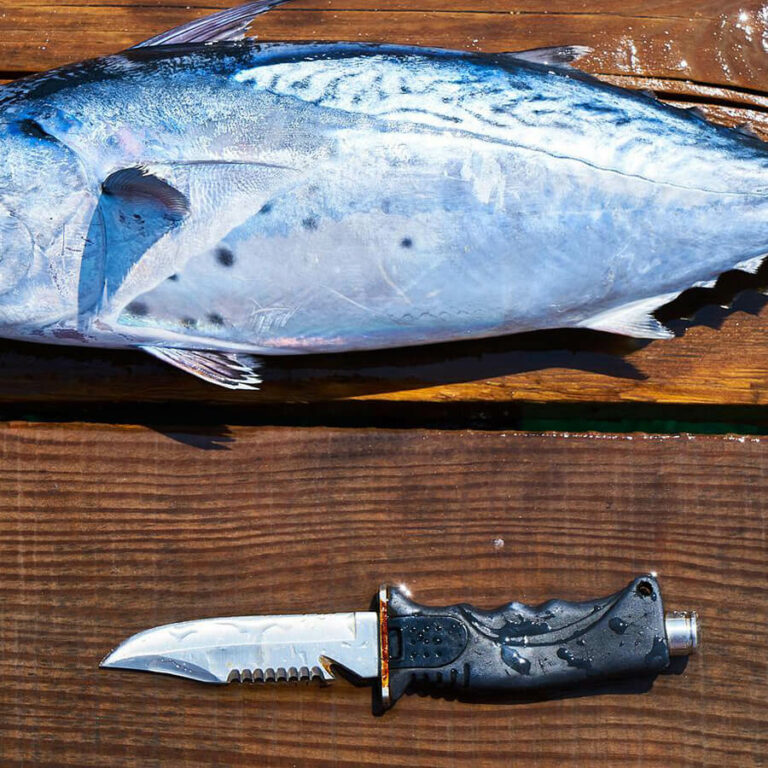
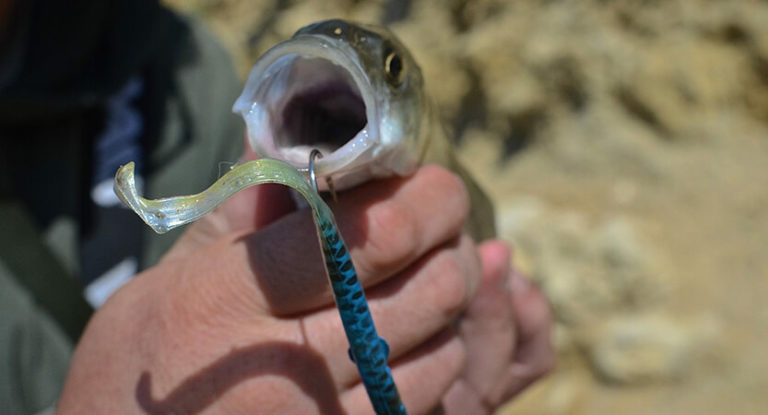
![The 10 Best Fishing Bobbers in 2023 [Tried & Tested] 19 The 10 Best Fishing Bobbers in 2023 [Tried & Tested]](https://trizily.com/wp-content/uploads/2022/03/best-fishing-bobbers-768x768.jpg)
